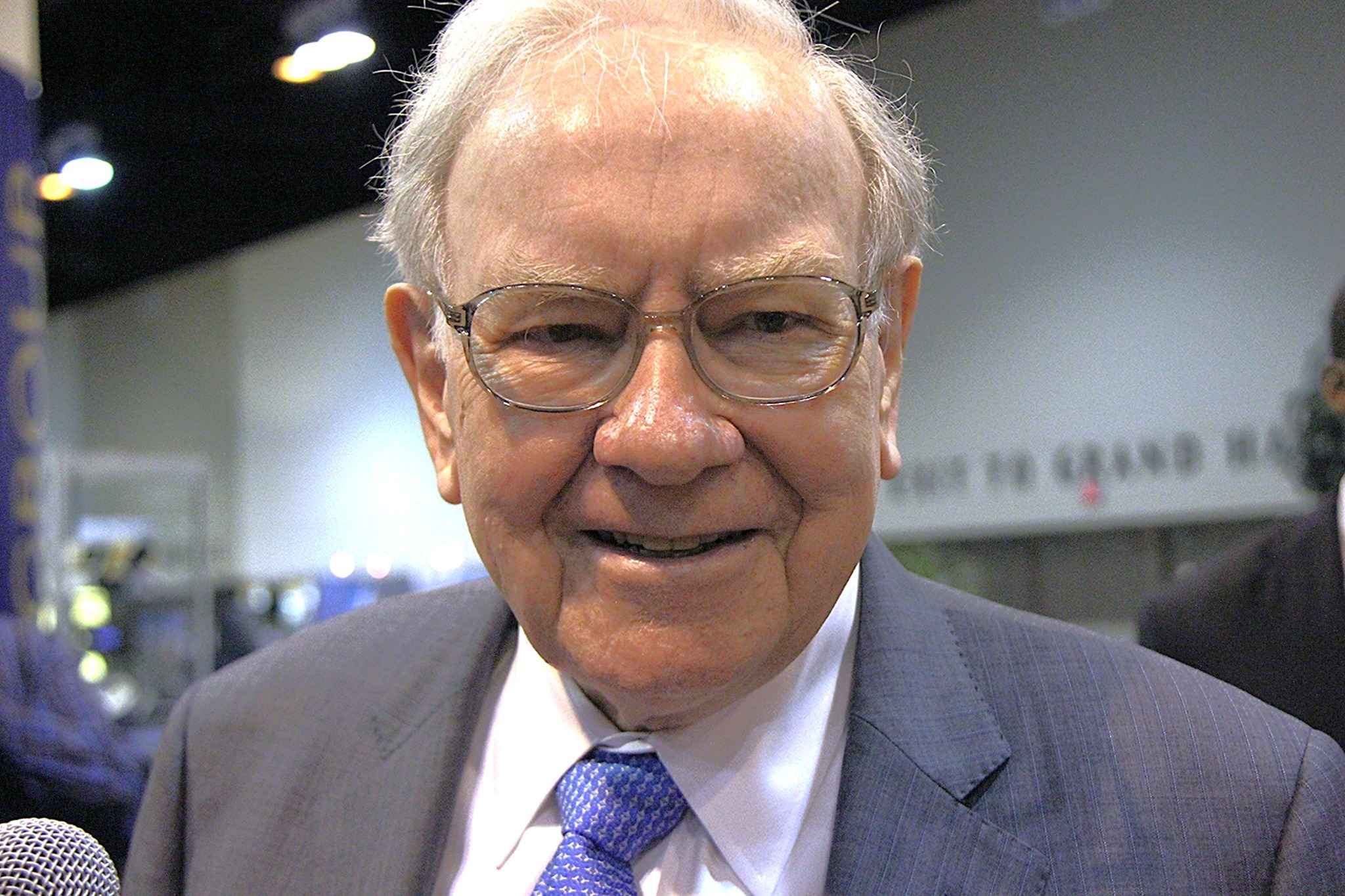The State Street SPDR Portfolio S&P 500 ETF (SPYM +0.65%) and the Vanguard S&P 500 ETF (VOO +0.65%) both track the S&P 500 Index and share similar sector allocations, but SPYM is slightly more affordable while VOO is much larger and more liquid. SPYM used to trade under the SPLG ticker. The name change took effect at the end of October 2025. The portfolio and investing strategy remained unchanged, however.
Both funds aim to mirror the S&P 500, offering diversified access to large-cap U.S. stocks. SPYM is designed as a low-cost building block for core portfolios, while VOO is a flagship index tracker from Vanguard; each could appeal to investors seeking broad, low-fee U.S. equity exposure.
Snapshot (cost & size)
| Metric | SPYM | VOO |
|---|---|---|
| Issuer | SPDR | Vanguard |
| Expense ratio | 0.02% | 0.03% |
| 1-yr return | 13.7% | 13.7% |
| Dividend yield | 1.2% | 1.2% |
| Beta | 1.00 | 1.00 |
| AUM | $95.0 billion | $1.5 trillion |
Beta measures price volatility relative to the S&P 500; beta is calculated from five-year weekly returns. The 1-yr return represents total return over the trailing 12 months as of Nov. 17, 2025.
SPYM is a slightly more affordable ETF with a 0.02% expense ratio, compared to VOO’s 0.03%; both funds offer an identical 1.2% dividend yield, so ongoing costs are the main differentiator on this front.
Performance & risk comparison
| Metric | SPYM | VOO |
|---|---|---|
| Max drawdown (5 y) | (24.4%) | (24.4%) |
| Growth of $1,000 over 5 years | $1,832 | $1,832 |
What's inside
VOO holds 505 stocks and tracks the S&P 500, with technology, financial services, and consumer cyclical companies making up most of the allocation. Nvidia (NVDA 0.65%), Microsoft (MSFT 2.69%), and Apple (AAPL +0.58%) are the largest positions in VOO, at 0.08%, 0.07%, and 0.07% of assets, respectively. The fund has a 15.2-year track record and no unusual features or quirks.
SPYM offers virtually the same sector mix -- technology, financial services, and consumer cyclicals dominate -- and shares the same top three holdings as VOO. With 504 holdings, it provides similarly broad coverage of U.S. large caps and no special structural quirks. It was launched in November 2005. Its most notable difference from VOO is a lower share price.
For more guidance on ETF investing, check out the full guide at this link.
Foolish take
For most intents and purposes, VOO and SPYM are the same thing under different names.
Both track the S&P 500 (^GSPC +0.67%) with high precision and forgettably low fees. As of this writing on Nov. 18, 2025, their total returns over the last 10 years are nearly identical. VOO is up by 286.0% while SPYM gained 286.3%. The average annual returns are identical at 14.5%.
But they are different in one useful aspect. The Vanguard fund trades at $608.13 per share today. The SPDR variant changes hands at $77.84 per share. This is the simple result of different share counts. SPYM's managers aim for a lower share price than VOO's, because that makes it a little easier to manage on a tight investing budget.
Again, it doesn't really matter whether you're buying 10 shares of VOO or 100 shares of SPYM for the same total price -- the two positions will be worth the same and show identical returns in the long and short terms.
It's just a question of granular portfolio management. VOO is an established giant but there's nothing wrong with grabbing a few SPYM shares instead when your investing budget is tight.
Both ETFs are essential additions to any retail investor's toolbelt.
Glossary
ETF: Exchange-traded fund; a fund that trades on stock exchanges and holds a basket of assets.
S&P 500: A stock market index tracking 500 large U.S. companies, widely used as a market benchmark.
Expense ratio: Annual fee, as a percentage of assets, that covers a fund's operating costs.
Assets under management (AUM): The total market value of assets a fund manages on behalf of investors.
Trading volume: The number of shares or units of a security traded during a specific period.
Dividend yield: Annual dividends paid by a fund or stock, expressed as a percentage of its price.
Beta: A measure of a fund's volatility compared to the overall market; 1.00 means equal volatility.
Max drawdown: The largest percentage drop from a fund's peak value to its lowest point over a period.
Growth of $1,000: The increase in value of a $1,000 investment over a specified time frame.
Sector allocation: The distribution of a fund's assets across different industry sectors.
Holdings: The individual securities or assets owned by a fund.






